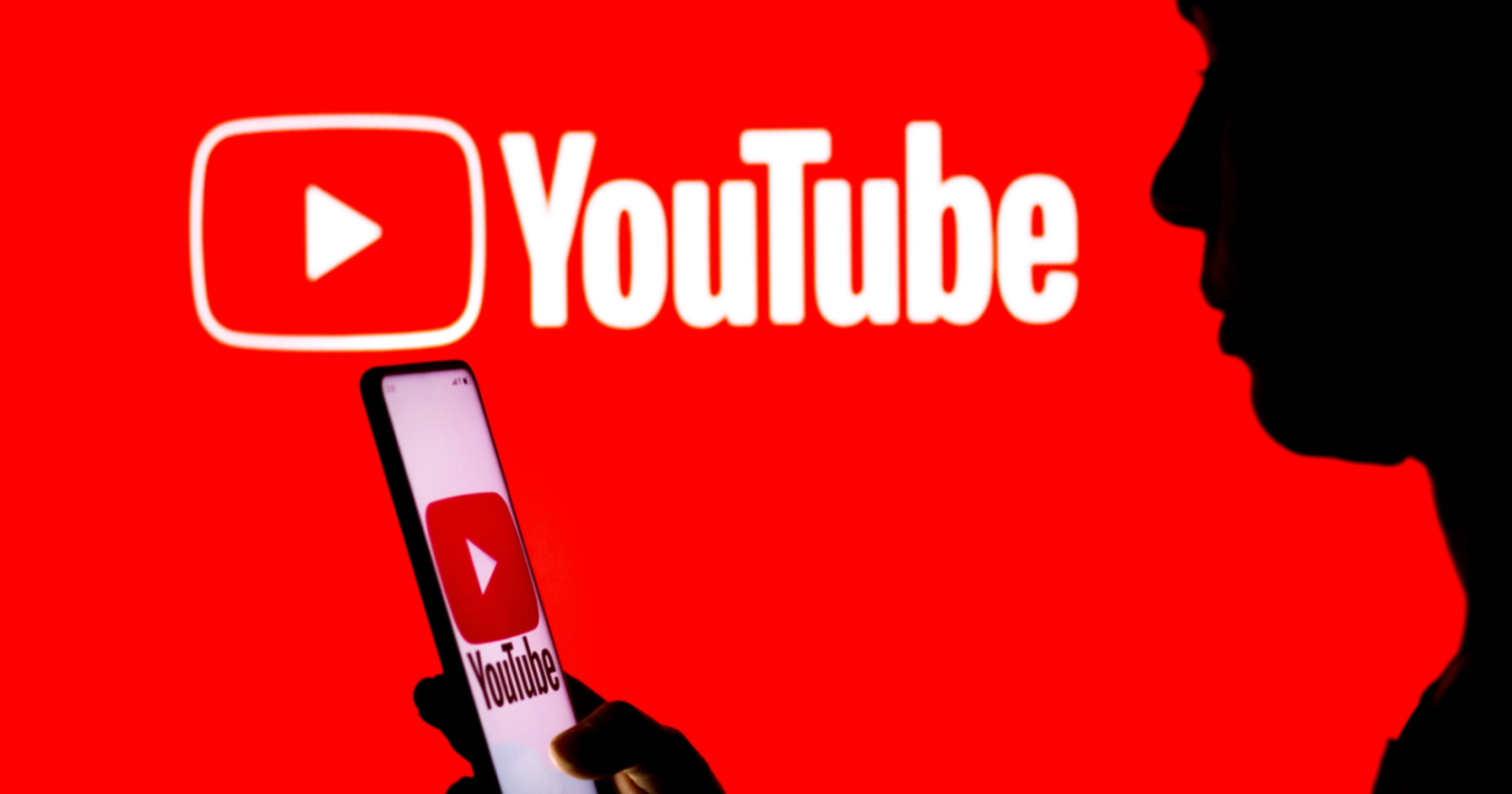SEO
New Metrics, Copyrighted Music, More

YouTube’s weekly update for creators includes more subscriber metrics and access to an expanded library of copyrighted music.
Here’s a recap of all announcements from this week’s news flash.
Greater Access To Copyrighted Music
YouTube is expanding partnerships with music labels and publishers to give creators more music options for their videos.
As a result, creators will have the ability to access more copyrighted content while being able to earn revenue on their videos.
Before this update, including copyrighted music would disqualify a video from monetization.
YouTube is building and testing this update with a limited set of creators and will have more information to share in the coming months.
New Metric: Subscribers From Posts
Creators can now see how many subscribers they gain from community posts.
You can see this new metric in the subscription source report in YouTube Analytics.
In the future, YouTube hopes to add per-post subscriber metrics.
More Data About Remixes
If you’ve enabled the option to allow other creators to remix your content, you can now get more information about those remixes in YouTube Analytics.
With this improvement, you’ll see the following metrics:
- Total remix views
- Top 15 remixes on mobile
- Top 15 remixes on desktop
Changes To YouTube Studio Video Editor
YouTube is making changes to the video editor in YouTube Studio. The trim feature is getting an upgrade to make the process of cutting videos more intuitive.
The following updates are rolling out to YouTube Studio on desktop this week:
- A new cut section that allows for fine grain time editing.
- Color-coded and wider edges on the trim and cut feature so they’re easier to grab.
- Easier to access preview and edit features.
Source: Creator Insider
Featured Image: rafapress/Shutterstock



















You must be logged in to post a comment Login